
Ford just announced that prices are going up on some of its most popular models. This will hit everyday Americans, especially those watching their budgets.
What used to be affordable pickups and SUVs now cost up to $2,000 more. The reason is rising tariffs and other costs that Ford can no longer absorb. This is a clear sign that the car market rules are shifting. Buyers should prepare for a tighter squeeze.
Now, let’s look at the reason behind these price hikes and what they mean for you.
Trump Slams Price Hikes but Tariffs Keep Pressure On
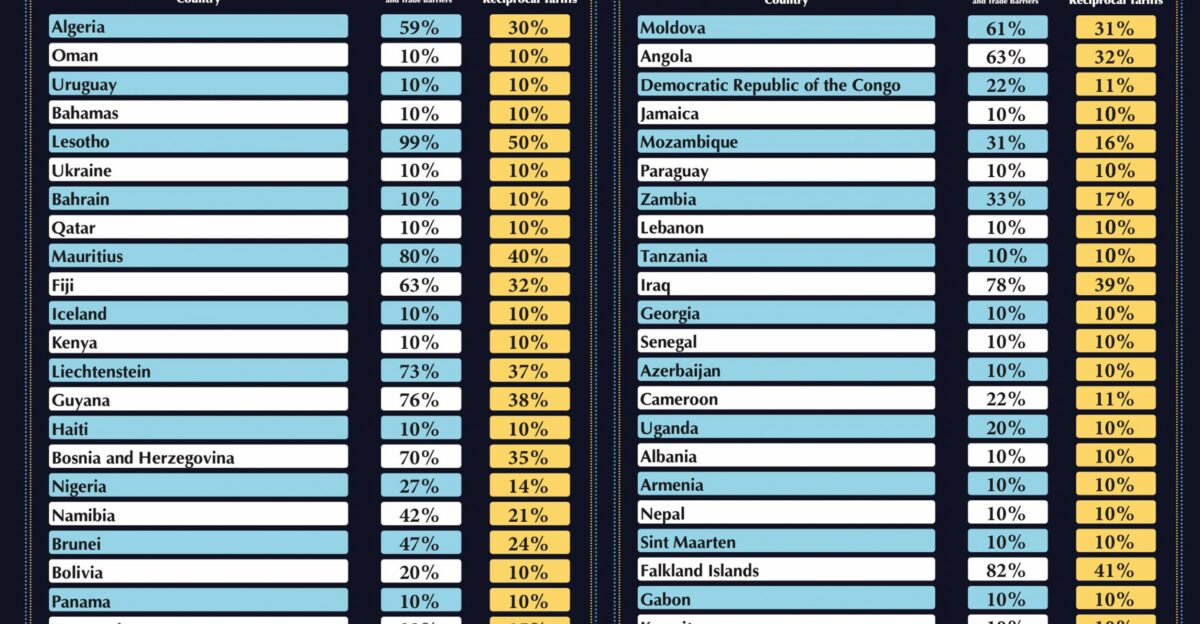
President Trump put tariffs in place to protect U.S. jobs, but he has criticized automakers for raising prices. This creates a tricky situation. Tariffs make imported cars more expensive, but automakers are under pressure not to pass those costs to buyers.
Ford is stuck in the middle, having to choose between paying billions in extra costs or raising prices and upsetting buyers. This contradiction is tough for automakers. Ford’s recent price increases show just how hard it is to navigate these opposing pressures.
So, which models are getting more expensive?
#1 – Ford Maverick

The Ford Maverick is a popular, affordable pickup starting under $25,000. Now, prices are going up by as much as $2,000 for trucks built after May 2. This affects many first-time buyers and families who loved its value.
#2 – Mustang Mach-E
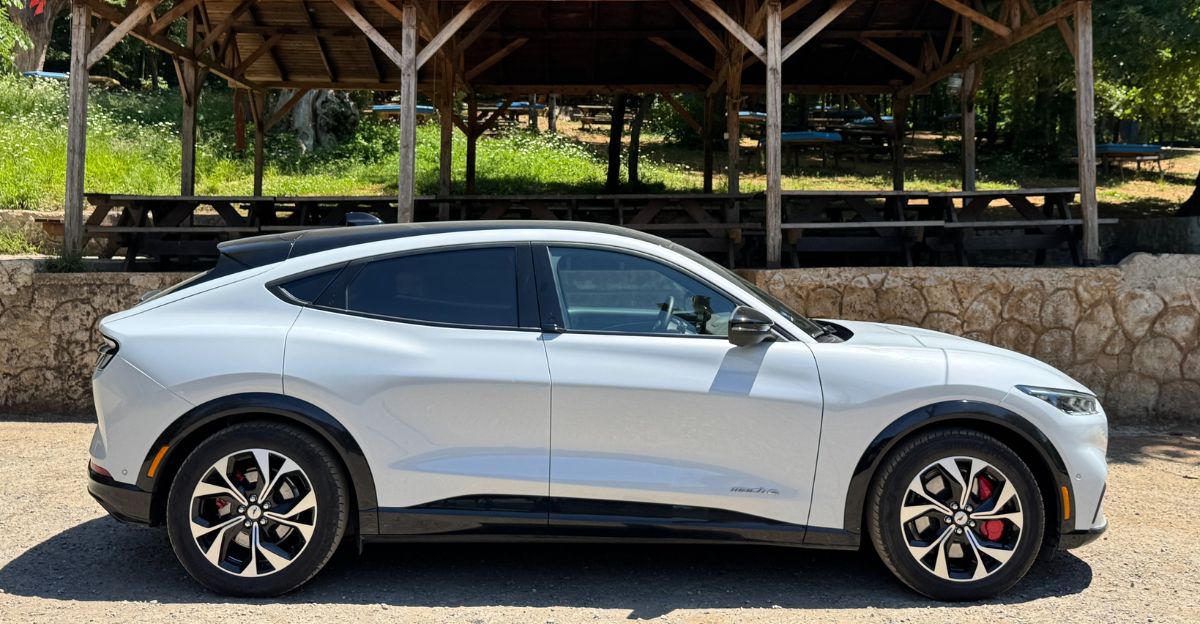
The Mustang Mach-E electric SUV is getting pricier too. Prices will rise between $1,500 and $2,500, depending on the trim. This is a big deal for people wanting to switch to electric.
#3 – Bronco Sport
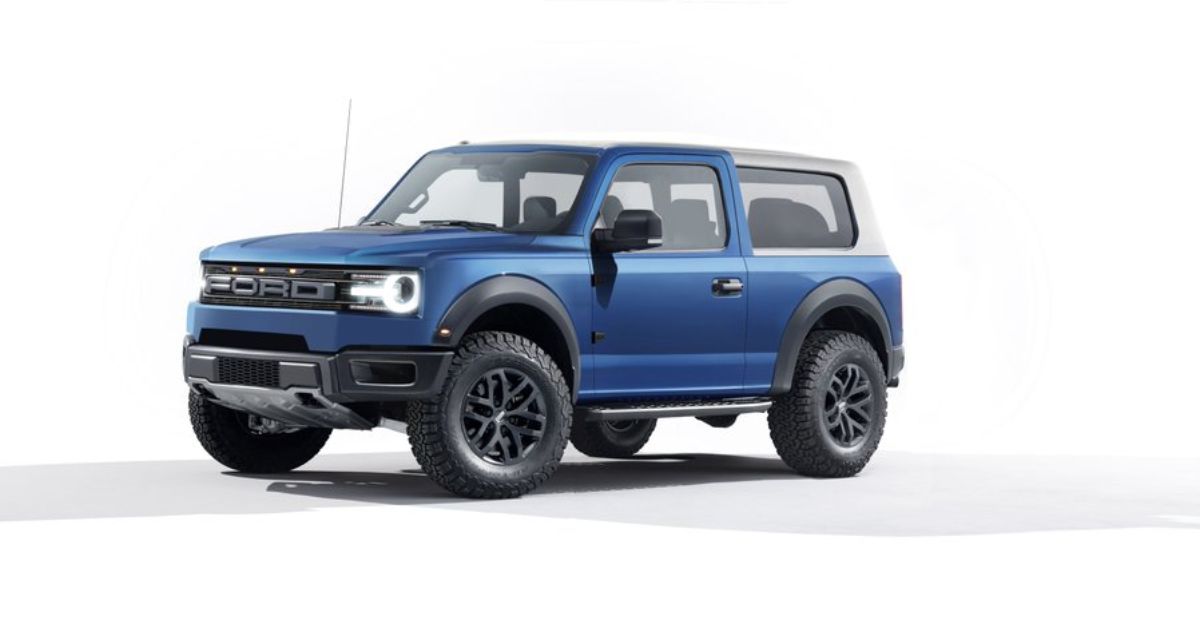
Bronco Sport prices are rising from $120 to $1,510, depending on the model. This SUV is popular with young buyers and first-timers. The price hike shows how tariffs affect all types of vehicles.
When Will These New Prices Hit Dealers?
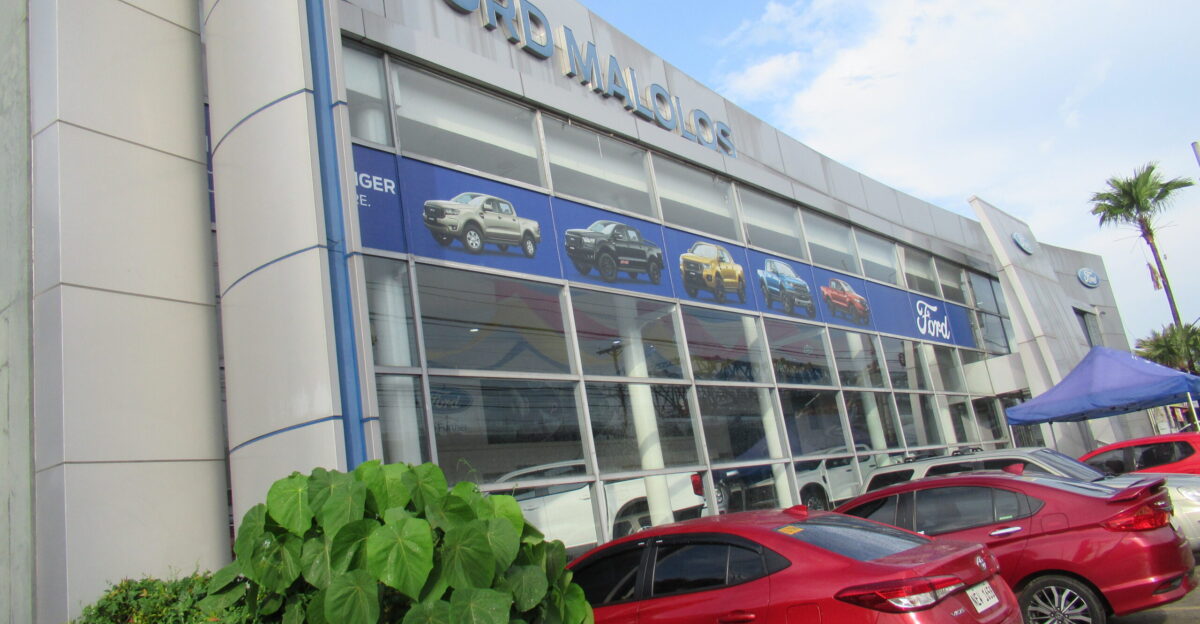
These price increases apply to Ford vehicles built after May 2. They will arrive at dealerships in late June. Buyers have a small window to buy at current prices. Some dealers report more shoppers rushing to beat the hike. After late June, higher prices will be the new normal. The era of steady car prices is over.
Ford Faces a $2.5 Billion Tariff Cost
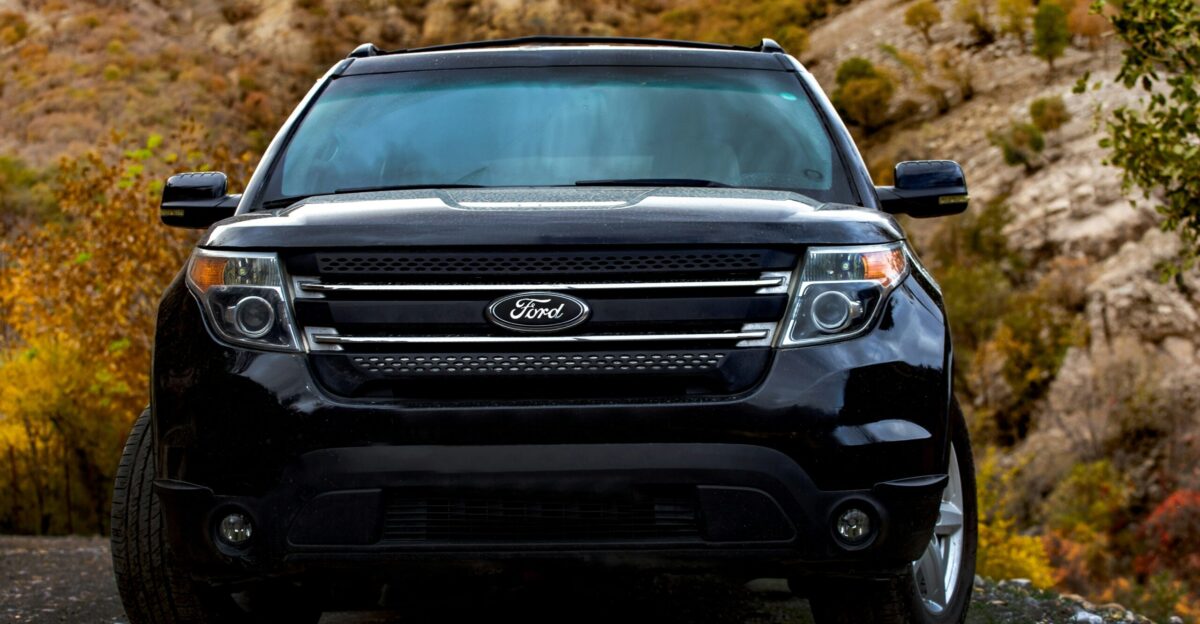
Ford expects to pay $2.5 billion in tariffs this year. It plans to cut $1 billion in other costs but still faces $1.5 billion in extra expenses. Ford has stopped giving financial guidance because of risks like supply chain issues and possibly more tariffs. This situation is about survival as much as it is about price.
The Domino Effect: GM, Toyota, and More
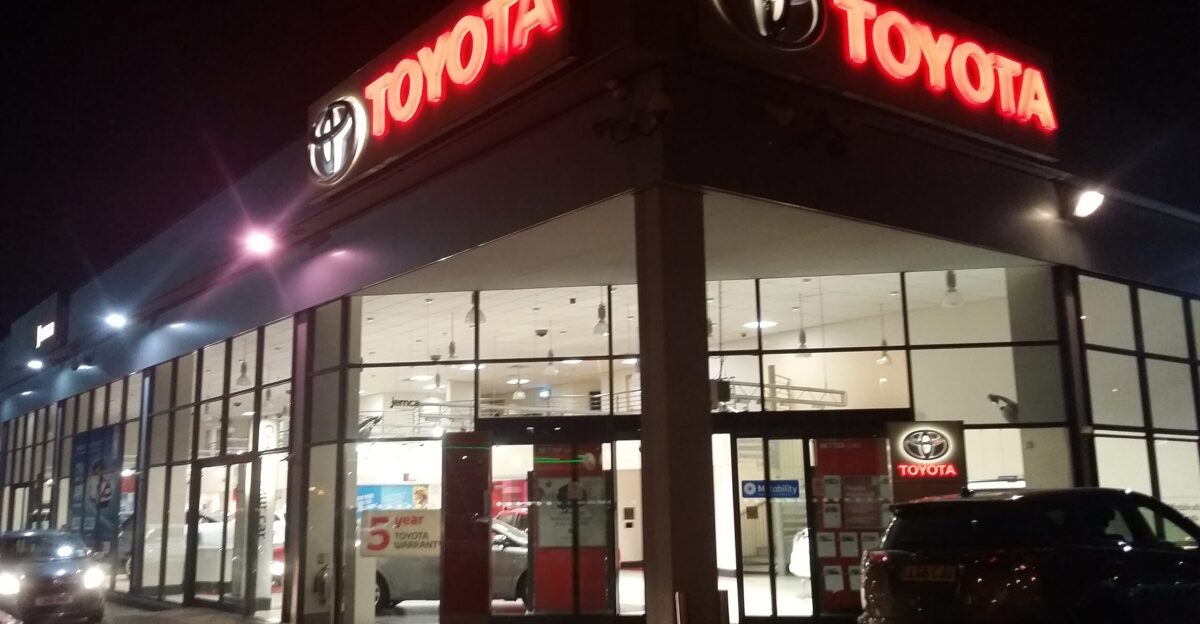
Ford is not alone. General Motors expects tariffs to cost $4 to $5 billion this year. Toyota plans price increases in July, though not all are tariff-related. Porsche and Audi warn of price hikes too. The whole auto industry is feeling the pressure. More companies are likely to raise prices soon.
Ford’s American-Made Advantage Has Limits
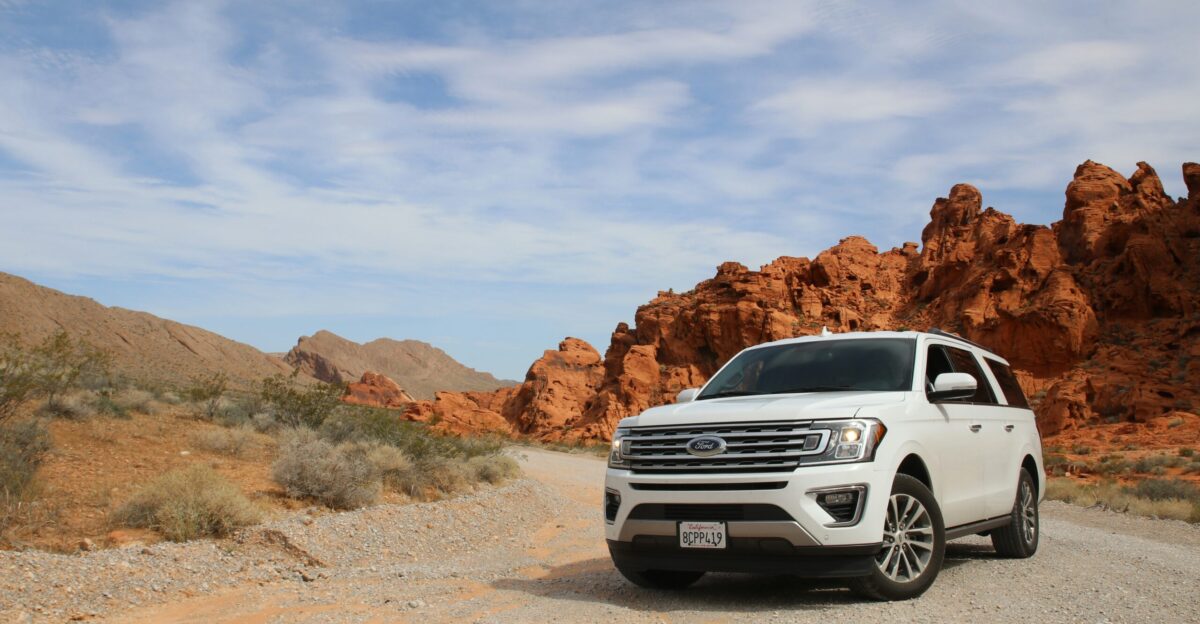
Ford makes 79% of its U.S. sold vehicles in America, more than most competitors. This helps reduce tariff costs. Still, key models like the Maverick, Bronco Sport, and Mustang Mach-E are imported from Mexico. Tariffs on parts and vehicles affect even mostly American-made cars. Domestic production is not a full shield from trade impacts.
Who’s Next? Porsche, Audi, and Others Warning of Price Hikes
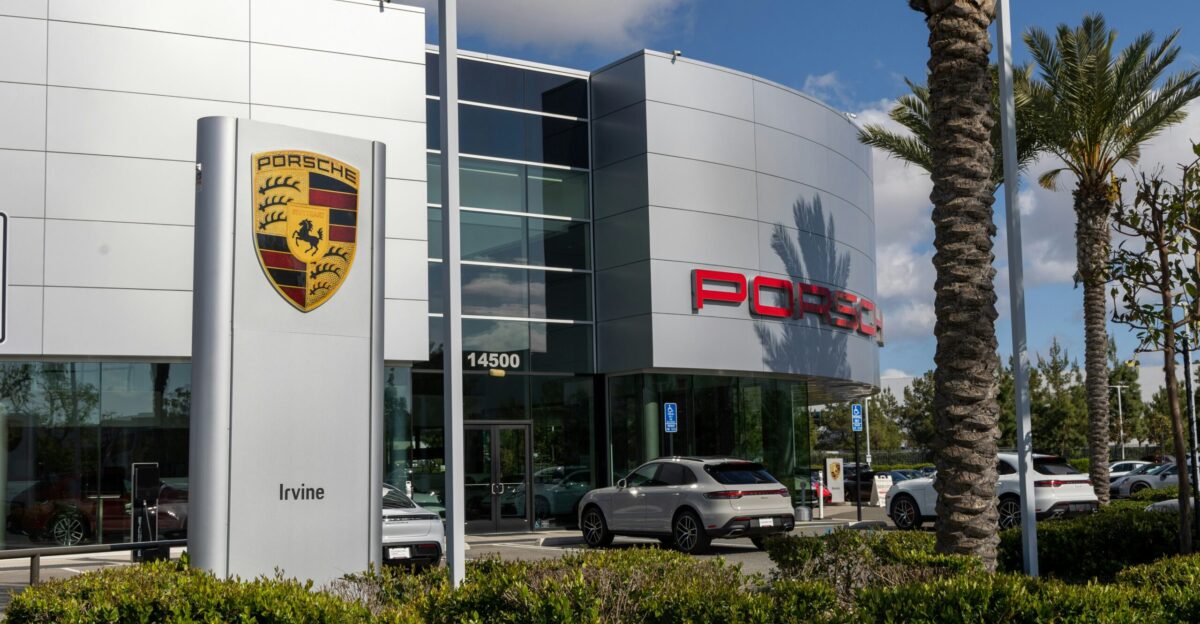
Ford is among the first to raise prices after tariffs. Porsche and Audi dealers warn buyers that prices will rise as new stock arrives. With supply chains strained and inventories shrinking, expect more brands to follow Ford’s lead. The market is watching closely.
What Should Buyers Do? Act Now or Wait?
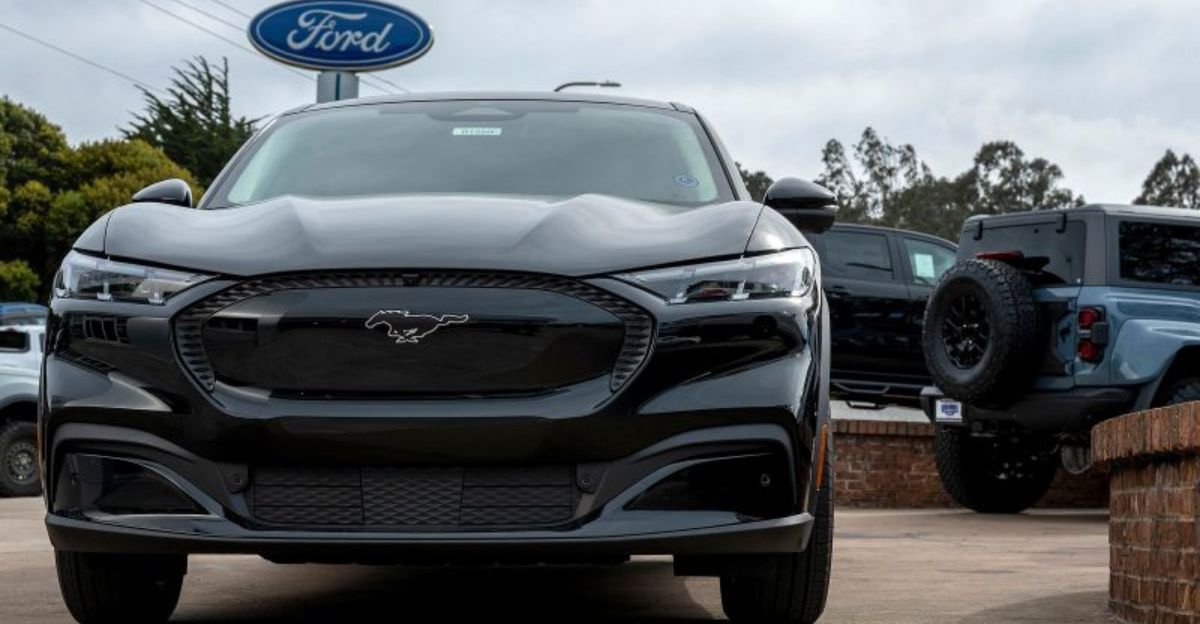
Consumers face a tough choice: buy now or risk paying more later. Many are rushing to buy before prices rise, but some hope for future deals. Used car prices are also rising, with the average 3-year-old vehicle costing over $30,000. The best plan is to stay informed, shop around, and be ready to act fast. The old car buying rules no longer apply.
The Road Ahead: The New Normal Is Change
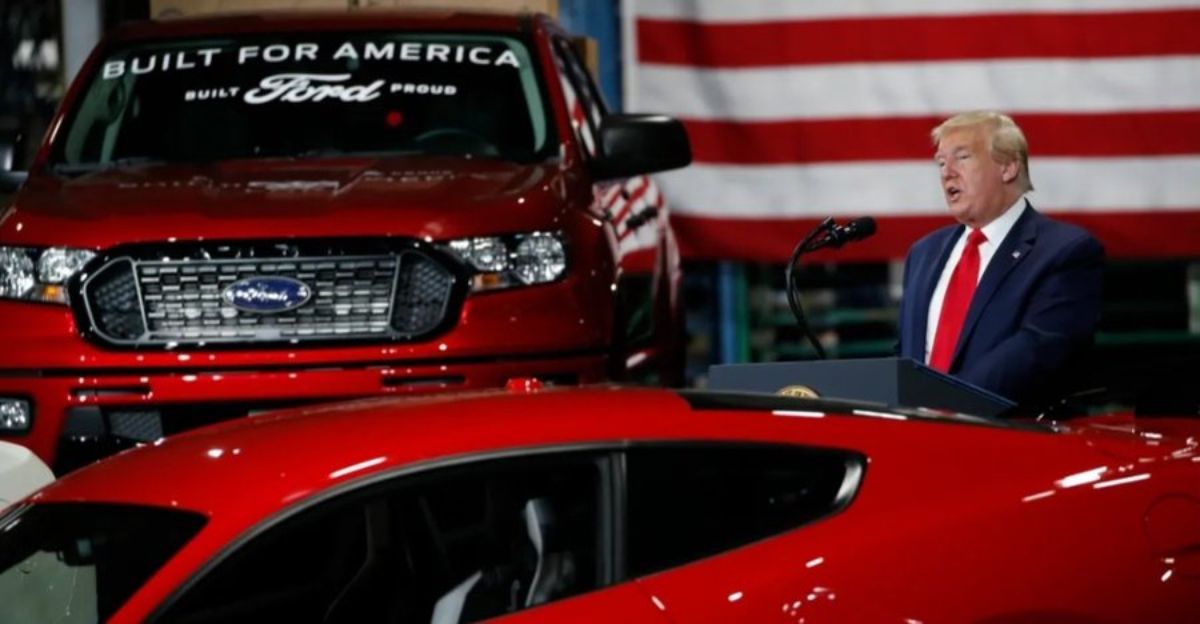
The U.S. car market is in a time of change. Tariffs, shifting trade rules, and supply problems are shaking things up for automakers and buyers. Ford’s price increases are only the start. The days of stable prices are over. Everyone will have to adapt quickly to this new, uncertain market.
